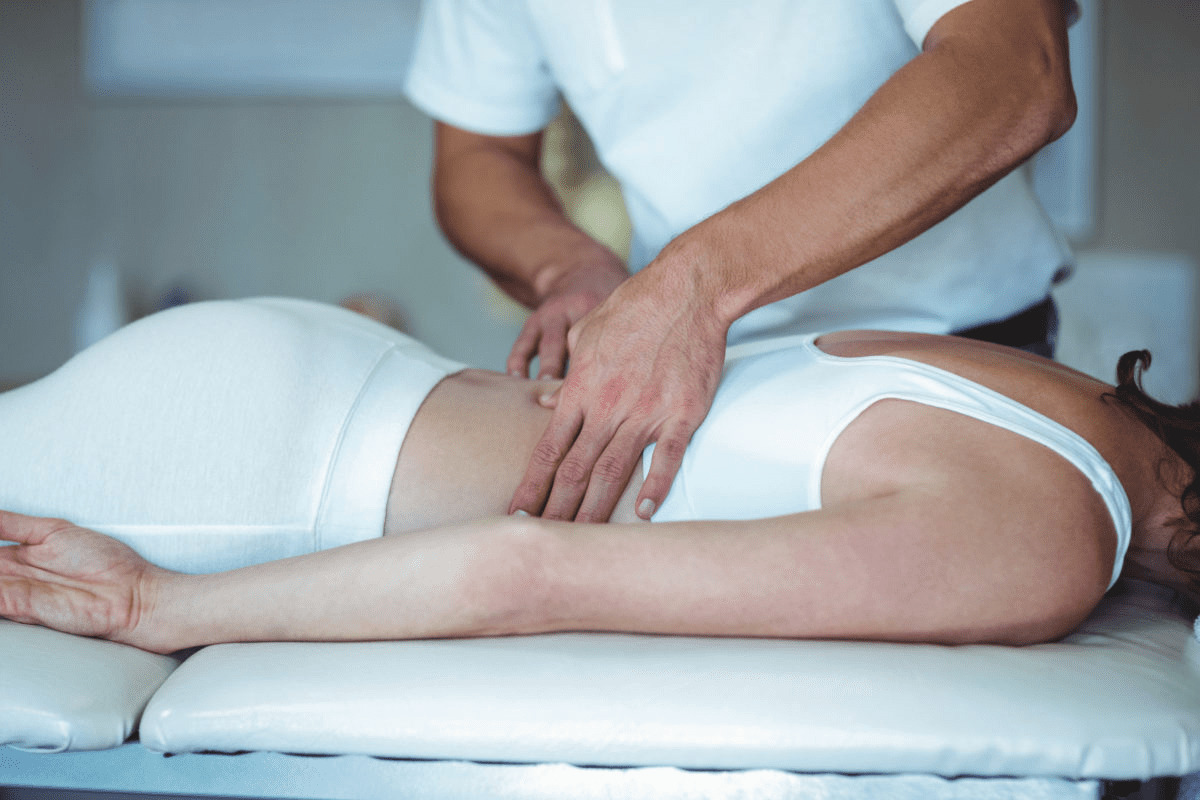
Postural Integration is a holistic therapy that focuses on aligning the body and mind. But what exactly is Postural Integration? It's a method that combines deep tissue massage, breathwork, and emotional release to help individuals achieve better posture and overall well-being. This therapy aims to release chronic tension, improve body awareness, and enhance emotional health. By addressing both physical and emotional aspects, it offers a comprehensive approach to healing. Whether you're dealing with chronic pain, stress, or simply want to improve your posture, Postural Integration could be the key to unlocking a healthier, more balanced life. Ready to learn more? Let's dive into 25 intriguing facts about this transformative practice!
Key Takeaways:
- Postural Integration is a holistic therapy that combines massage, breathwork, and emotional release to improve posture, reduce pain, and enhance emotional well-being. It's like a spa day for your body and mind!
- Anyone can benefit from Postural Integration, from athletes to office workers to elderly individuals. It's like a personalized wellness program that helps you feel better physically and emotionally.
What is Postural Integration?
Postural Integration (PI) is a holistic bodywork therapy that aims to improve posture, release tension, and enhance overall well-being. It combines elements of deep tissue massage, breathwork, and emotional release techniques. Here are some fascinating facts about this unique therapy.
Origins of Postural Integration
Understanding where PI comes from helps appreciate its depth and effectiveness.
- Developed in the 1960s: PI was created by Jack Painter, an American psychologist, during the 1960s. He sought to integrate physical, emotional, and mental aspects of well-being.
- Inspired by Wilhelm Reich: Painter drew inspiration from Wilhelm Reich's work on body armor and emotional release, which laid the groundwork for many body-oriented therapies.
- Influence of Ida Rolf: Ida Rolf's Structural Integration also influenced PI. Rolfing focuses on aligning the body in gravity, which is a key aspect of PI.
Techniques Used in Postural Integration
PI employs a variety of techniques to achieve its goals. Each method contributes to the holistic approach of the therapy.
- Deep Tissue Massage: This technique targets deeper layers of muscle and connective tissue to release chronic tension.
- Breathwork: Controlled breathing exercises help clients connect with their bodies and release stored emotions.
- Emotional Release: PI encourages the expression of suppressed emotions, which can be stored in the body as tension.
- Movement Exercises: These exercises help clients become more aware of their body movements and improve their posture.
- Energy Work: Some PI practitioners incorporate energy healing techniques to balance the body's energy flow.
Benefits of Postural Integration
The benefits of PI are numerous, impacting both physical and emotional health.
- Improved Posture: Regular PI sessions can lead to better posture by aligning the body and releasing tension.
- Reduced Pain: Many clients experience relief from chronic pain, particularly in the back, neck, and shoulders.
- Enhanced Flexibility: PI helps increase flexibility by loosening tight muscles and connective tissue.
- Emotional Release: Clients often feel lighter and more emotionally balanced after sessions.
- Stress Reduction: The combination of physical and emotional release techniques can significantly reduce stress levels.
- Increased Body Awareness: PI helps clients become more in tune with their bodies, leading to better self-care and injury prevention.
Who Can Benefit from Postural Integration?
PI is suitable for a wide range of individuals, each benefiting in unique ways.
- Athletes: Athletes can improve performance and prevent injuries through better posture and flexibility.
- Office Workers: Those who sit for long periods can alleviate back and neck pain.
- Individuals with Chronic Pain: PI offers relief for those suffering from chronic pain conditions.
- People with Emotional Trauma: Emotional release techniques can help those dealing with past trauma.
- Elderly Individuals: Older adults can benefit from improved mobility and reduced pain.
Training and Certification in Postural Integration
Becoming a PI practitioner requires specialized training and certification.
- Extensive Training: Training programs typically involve several hundred hours of instruction and practice.
- Certification: Practitioners must pass a certification exam to ensure they meet the standards of the profession.
- Continuing Education: Many practitioners engage in ongoing education to stay updated on new techniques and research.
Postural Integration in Practice
Understanding how PI is applied in real-life settings can provide insight into its effectiveness.
- Individual Sessions: Most PI work is done in one-on-one sessions tailored to the client's needs.
- Group Workshops: Some practitioners offer workshops where participants can learn basic PI techniques.
- Integration with Other Therapies: PI can be combined with other therapies like yoga, acupuncture, or psychotherapy for a more comprehensive approach to health.
The Final Stretch
Postural Integration offers a unique approach to bodywork that combines physical, emotional, and psychological elements. This holistic method aims to improve posture, relieve chronic pain, and enhance overall well-being. By addressing both the body and mind, it provides a comprehensive path to healing and self-awareness.
Whether you’re dealing with stress, tension, or simply looking to improve your posture, Postural Integration might be worth exploring. It’s not just about physical alignment but also about emotional release and mental clarity.
Remember, everyone’s journey is different. What works for one person might not work for another. Always consult with a qualified practitioner to see if this method suits your needs.
Thanks for sticking with us through these 25 fascinating facts. We hope you found them enlightening and helpful in understanding the potential benefits of Postural Integration.
Frequently Asked Questions
Was this page helpful?
Our commitment to delivering trustworthy and engaging content is at the heart of what we do. Each fact on our site is contributed by real users like you, bringing a wealth of diverse insights and information. To ensure the highest standards of accuracy and reliability, our dedicated editors meticulously review each submission. This process guarantees that the facts we share are not only fascinating but also credible. Trust in our commitment to quality and authenticity as you explore and learn with us.


